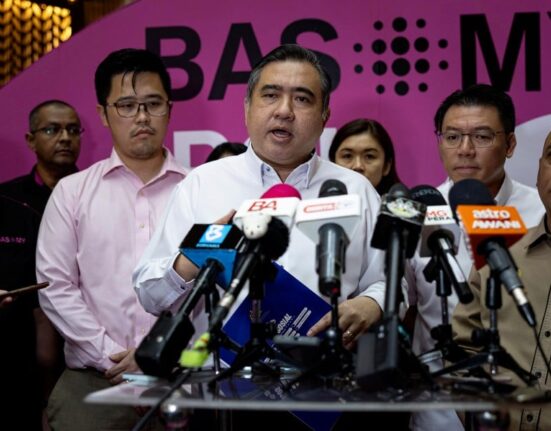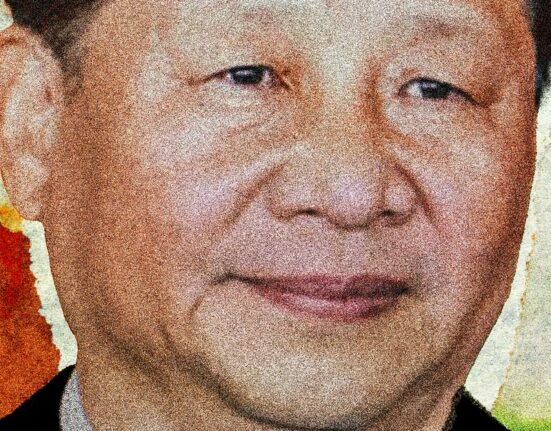As the sun rose over New Delhi, the bustling capital of India, a vision for the country’s future was being painted by none other than Union Minister Nitin Gadkari. In a candid conversation with Mint, he unveiled a roadmap that could potentially propel India to the coveted position of the world’s third-largest economy.
Gadkari, at the helm of India’s road transport and highways ministry, articulated a compelling narrative centered around infrastructure development. It wasn’t just about building roads and bridges; it was about laying down the foundation for economic prosperity and global recognition.
“If we have good infrastructure, we will have capital investment and industrial development,”
Gadkari emphasized. His words echoed with optimism and foresight, pointing towards a future where India would not just compete but dominate on the global economic stage.
The National Democratic Alliance (NDA) government had set its sights on transforming India into Viksit Bharat by 2047 – an ambitious goal that required meticulous planning and strategic execution. Central to this transformation was the emphasis on creating robust infrastructure that would serve as a magnet for investments and industrial growth.
Investments weren’t just about injecting money into projects; they were about sowing seeds that would sprout into employment opportunities, increased exports, and ultimately catapult India’s GDP beyond the $5 trillion mark. Gadkari envisioned a scenario where these investments would pave the way for India to claim its spot as the world’s third-largest economy.
The ripple effects of such an economic leapfrog would be felt across sectors – from manufacturing to services, from agriculture to technology. The very fabric of Indian society stood poised for a monumental shift if Gadkari’s vision came to fruition.
Experts in economic circles weighed in on Gadkari’s statements, acknowledging both the promise and challenges inherent in such an ambitious agenda. Dr. Ananya Kapoor, an economist specializing in emerging markets, noted,
“Infrastructure investments have historically been catalysts for economic growth in various countries. If executed effectively, India stands to benefit immensely from this strategy.”
However, amidst all the optimism lay hurdles that needed deft navigation – bureaucratic red tape, funding constraints, environmental considerations – all posed challenges that required innovative solutions. As Dr. Kapoor cautioned,
“While infrastructure investments hold immense potential, their success hinges on efficient implementation and addressing associated bottlenecks.”
The road ahead for India was paved with promises of progress and prosperity but also dotted with pitfalls that required careful maneuvering. With stakeholders across sectors coming together to realize this collective vision outlined by Minister Gadkari, one thing remained certain – India stood at the cusp of a transformative journey towards economic triumph.









Leave feedback about this